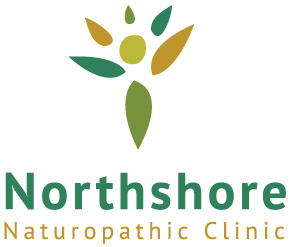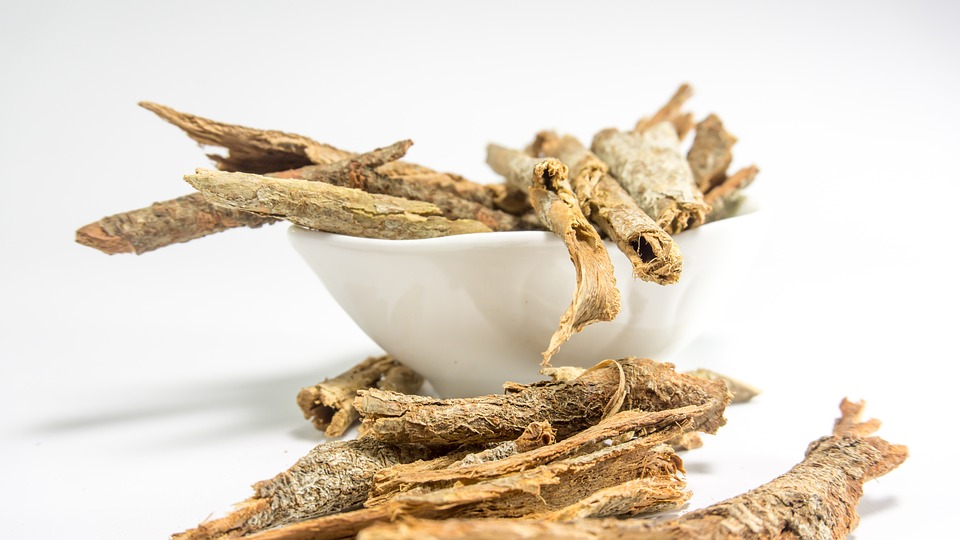By Irene Hayton
Barley is one of the oldest cultivated grains and is easily digested by those who can tolerate gluten. Hulled barley (sometimes called “dehulled barley”) is considered the whole grain and has had only the hull removed. It has a chewier texture and needs to be soaked and cooked longer, but because it retains its bran and germ, hulled barley is the most nutritious compared to other forms of this grain. Pot or scotch barley has been polished to remove the hull and almost all of its bran. Pearl barley is more refined and has been stripped of its hull, bran, and germ. Barley flakes are similar in shape to oat flakes and are made by a similar process in which barley is heated and then flattened with steel rollers; their nutrient content will vary depending on whether they are made from hulled or pearl barley.
Barley can be: cooked on its own or combined with other grains; eaten as a porridge by adding extra water; added to soups, stews, or casseroles to increase nutrition and flavor; or combined with vegetables and dressing to make a salad. Barley flour is quite heavy and can be combined with other lighter flours for baking.
Whole barley is a very good source of selenium and fiber; in fact, it has more fiber than most other grains and many fruits. It also contains many of the B vitamins, especially niacin, and minerals such as phosphorous, potassium, magnesium, iron, and zinc. Barley, like oats, also contains beta glucan which can help to lower cholesterol and benefit the immune system.



